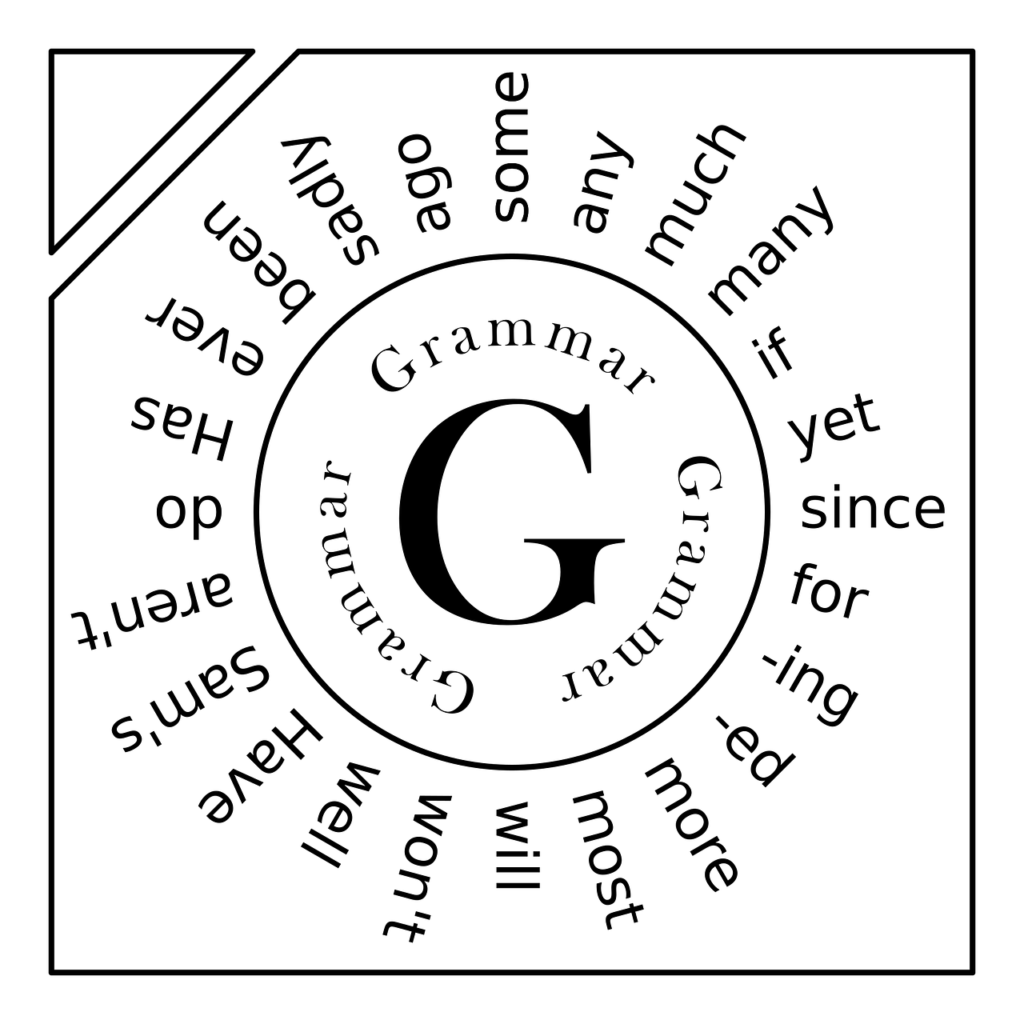Linking in English pronunciation is a way of connecting the sounds of words together when they are next to each other in a sentence or phrase. Linking makes speech more fluent and natural, and can also help with listening comprehension. There are different types of linking, depending on the sounds at the end and the beginning of the words. Here are some examples:
- Consonant to vowel linking: When a word ends with a consonant sound and the next word starts with a vowel sound, we join them together by pronouncing the consonant at the beginning of the next word. For example,
feel luckysounds likefee-lucky,an orangesounds likea-norange, andis he busy?sounds likeisi busy?. - Vowel to vowel linking: When a word ends with a vowel sound and the next word starts with a vowel sound, we add an extra sound between them to make a smooth transition. The extra sound can be /w/, /j/, or /r/, depending on the shape of the mouth. For example,
two orangessounds liketwo-woranges,say yessounds likesay-yess, andnear enoughsounds likenear-renough. - Consonant to consonant linking: When a word ends with a consonant sound and the next word starts with a similar consonant sound, we merge them together by pronouncing them as one sound. For example,
dark greensounds likedargreen,big gamesounds likebigg-ame, andhot teasounds likehot-tea. - Same consonant linking: When a word ends with a consonant sound and the next word starts with the same consonant sound, we only pronounce it once. For example,
best timesounds likebes-time,bad dogsounds likeba-dog, andbook clubsounds likeboo-club.
Linking is an important skill to master if you want to improve your English pronunciation and fluency. You can practice linking by listening to native speakers and repeating what they say, or by reading aloud texts that have examples of linking. You can also watch some videos that explain linking in more detail.

